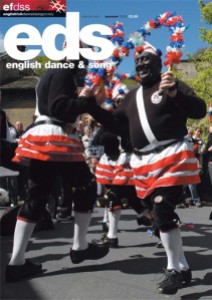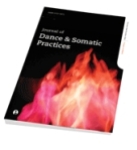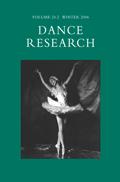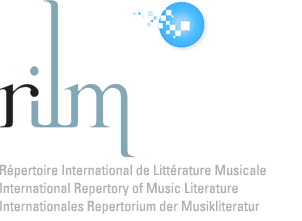Le ballet de la nuit, a major ballet de cour, was organized by Louis Cauchon d’Hesselin and first performed in the Louvre’s Salle du Petit Bourbon in 1653. The event was notable for many reasons—not least, for the involvement of the young Louis XIV, who danced in five roles, including his most famous role as the Sun King, accompanied by chosen courtiers and professional dancers, singers, and acrobats.
Edited by Michael Burden and Jennifer Thorp, Ballet de la nuit: Rothschild B1.16.6 (Hillsdale: Pendragon Press, 2009) focuses on the exquisitely produced volume presented to d’Hesselin (who also performed in the work), which passed into the hands of the Rothschild family at Waddesdon Manor and is now in the ownership of the National Trust.
The book presents a full facsimile of the Waddesdon source along with the printed vers pour les personages, lists of performers, cues for special effects, the running order of the entrées, and essays by Burden, Thorp, Catherine Massip, and David Parrott that discuss cultural patronage at the Court of Louis XIV, the musical context, dances and dancers, and the costumes and scenography of this unique and extraordinary ballet. Also included is a modern edition of the surviving music prepared by Lionel Sawkins.
Above, an illustration from the book (click to enlarge); below, Lully’s overture.
Related article: Le Carrousel du Roi

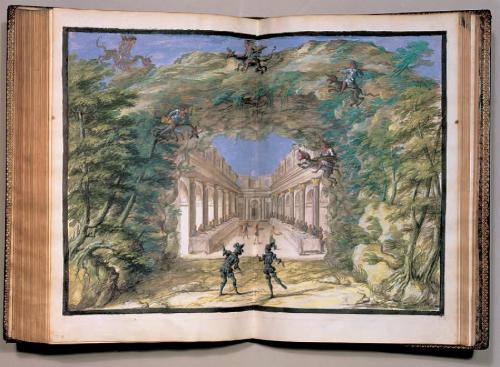

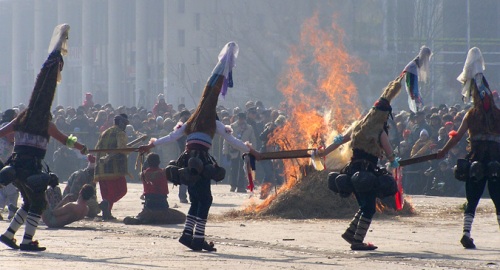
 On the eve of the event, youths go from house to house collecting wood for the ceremonial bonfire. In the morning the participants choose their roles and don the corresponding masks and sheepskin capes. The stock characters may include a groom, a bride, a devil, a priest, a gypsy, and a dancer with a bear. To the accompaniment of drums and shawms, the dancers parade through the village with abundant comical antics. The ceremony culminates with a spirited dance around the collective bonfire.
On the eve of the event, youths go from house to house collecting wood for the ceremonial bonfire. In the morning the participants choose their roles and don the corresponding masks and sheepskin capes. The stock characters may include a groom, a bride, a devil, a priest, a gypsy, and a dancer with a bear. To the accompaniment of drums and shawms, the dancers parade through the village with abundant comical antics. The ceremony culminates with a spirited dance around the collective bonfire.



